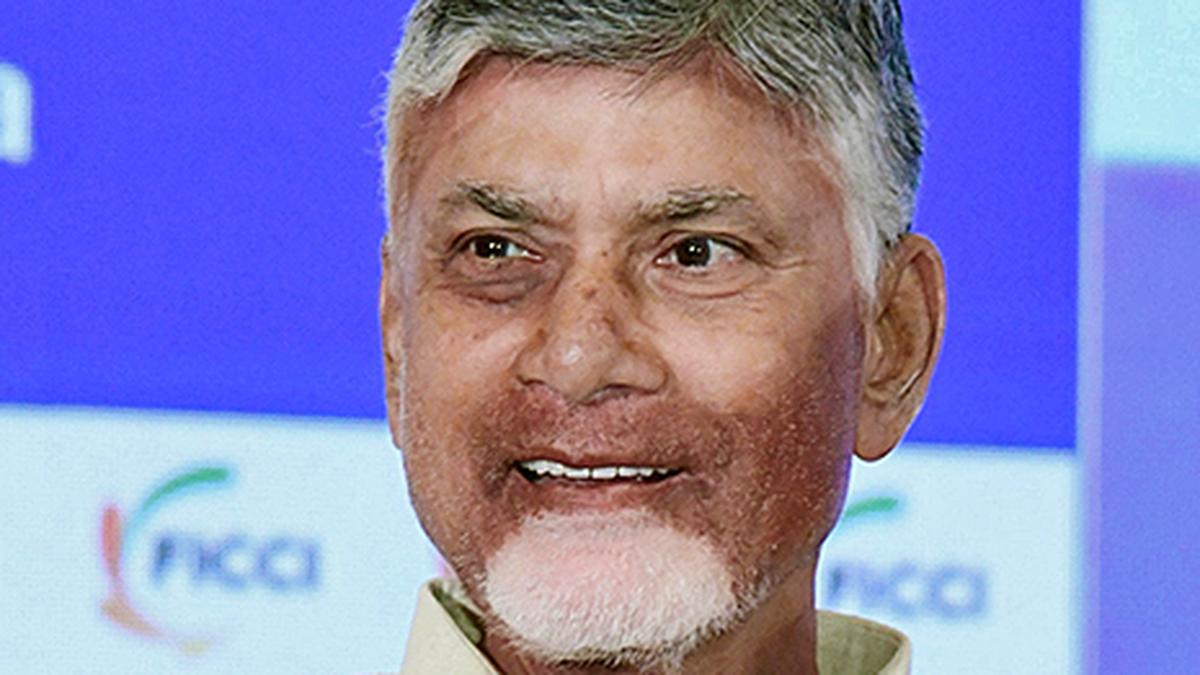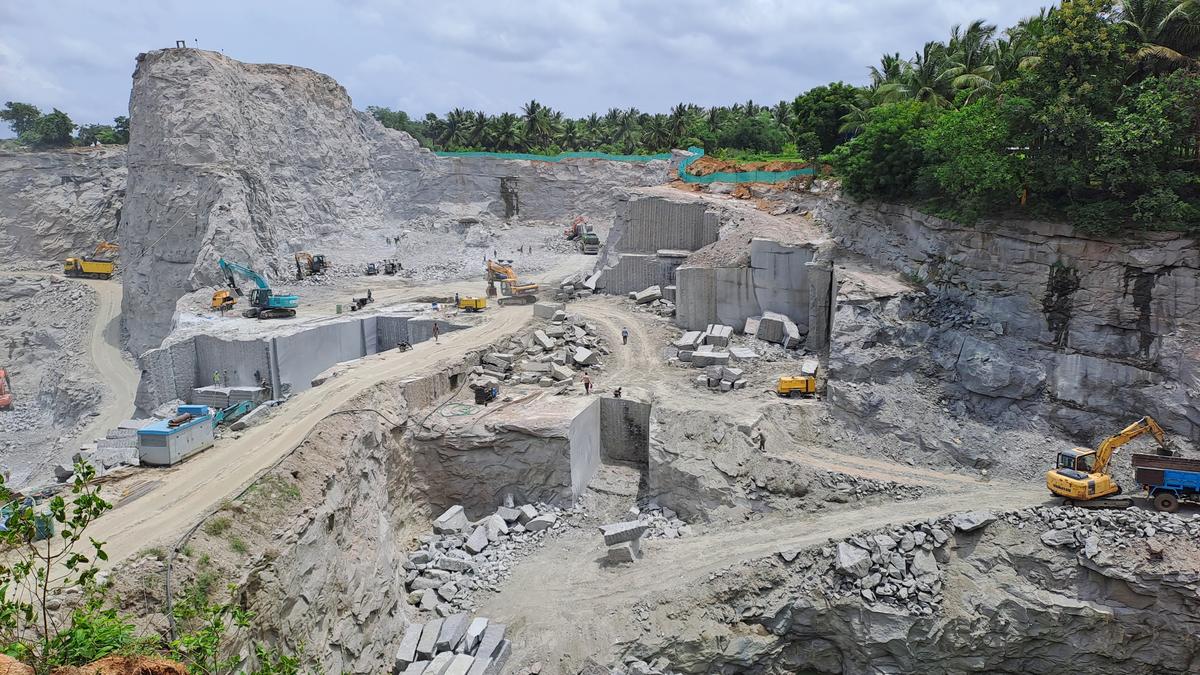:
In a major push towards transforming Andhra Pradesh into a technology-driven and crime-free State, Chief Minister N. Chandrababu Naidu on Monday laid out a roadmap to achieve “zero crime rate” using advanced surveillance and digital tools.
Chairing a review meeting on Real-Time Governance (RTG) at the Secretariat in Amaravati, the Chief Minister emphasised leveraging cutting-edge technology to strengthen law and order, ensure public safety, and modernise welfare delivery mechanisms. “We must make Andhra Pradesh a model State in crime prevention and governance. Technology should be our strongest ally,” the Chief Minister asserted.
Highlighting the need for continuous surveillance, Mr. Naidu directed officials to monitor crime hotspots round the clock using CCTV cameras. He also called for regulatory amendments to utilise footage from private security cameras in public investigations. “Shopping malls, hotels, and theatres must be covered under the Public Safety Act to aid law enforcement,” he said.
Further, the Chief Minister called for increased use of drones and artificial intelligence in crime-prone zones and emphasised real-time monitoring through RTGS. He inquired about the progress of the upcoming Drone City in Orvakal and suggested integrating drone data into governance systems.
Blockchain technology
Reaffirming his commitment to data security and transparency, Chandrababu Naidu instructed officials to implement blockchain technology for securing government records, particularly in revenue departments. He directed that revenue records be thoroughly sanitised and permanently secured using blockchain, and all departmental data be consolidated into a central data lake.
In a bid to strengthen disaster preparedness, the Mr. Naidu stressed the importance of early warning systems in lightning-prone areas. He ordered the installation of siren-based alerts to safeguard lives and called for the swift restoration of sensors and physio-meters to monitor groundwater levels. Real-time tracking of reservoir inflows and water discharge into the sea was also emphasised, as several reservoirs across the State are currently nearing full capacity.
Mr. Naidu directed officials to disseminate sea wave data and fishing zone alerts from INCOIS (Indian National Centre for Ocean Information Services) to fishermen and coastal communities. “This real-time information must be readily accessible to those whose livelihoods depend on the sea,” he added.
Welfare programs
In line with the coalition government’s P4 (Public-Private-People-Partnership) vision, the Chief Minister reiterated his commitment to eradicating poverty by 2029. He called for a complete integration of beneficiary and demographic data across departments with RTGS, ensuring real-time updates and responsiveness. Welfare programs, he said, must be tailored to meet the changing needs of the people, with special attention to supporting the “last person standing.”
Mr. Naidu also emphasised the continuation of the “Bangaru Kutumbalu” mentorship initiative, aiming to uplift underprivileged families by linking them with affluent households for support and guidance.
Chief Secretary K. Vijayanand, IT Secretary Katamneni Bhaskar, and other senior officials participated in the review meeting.


























